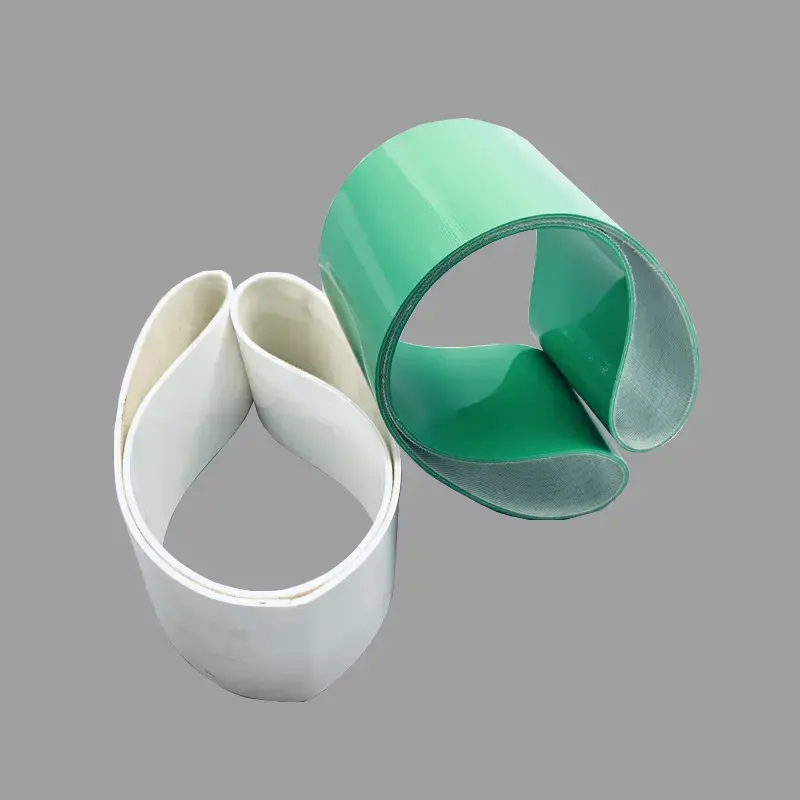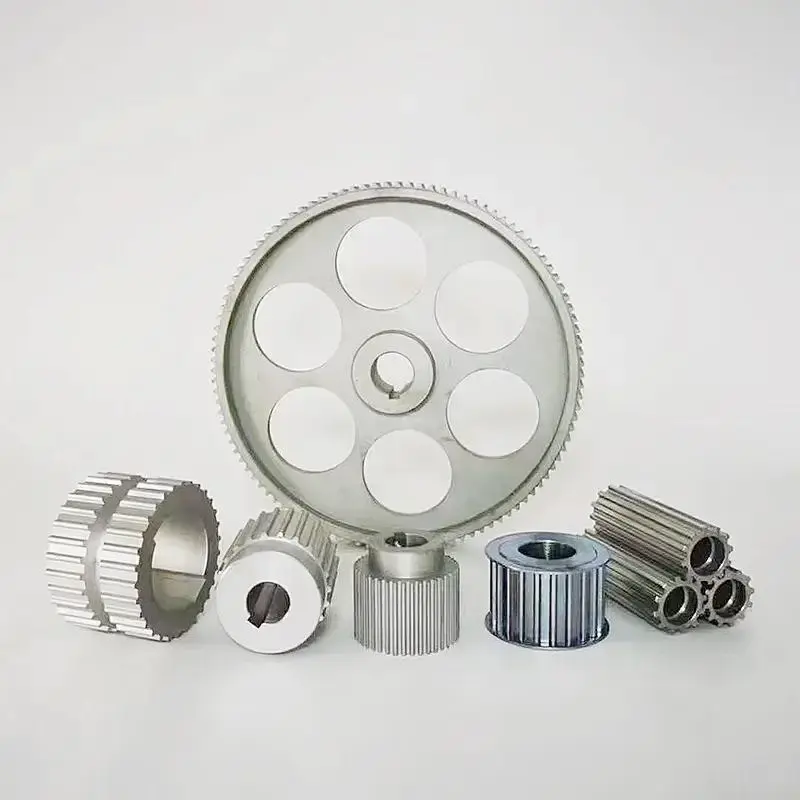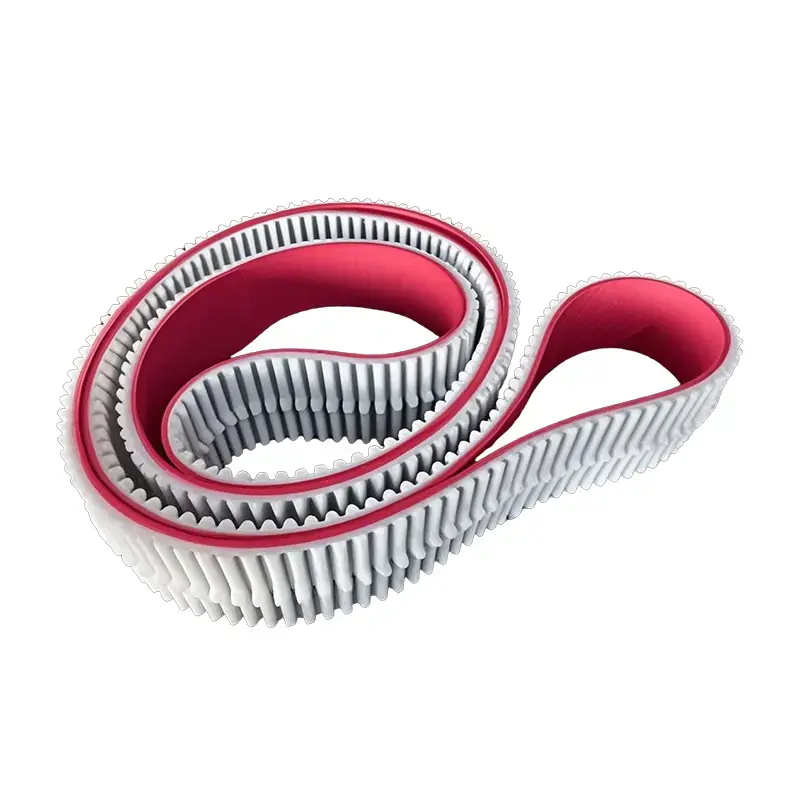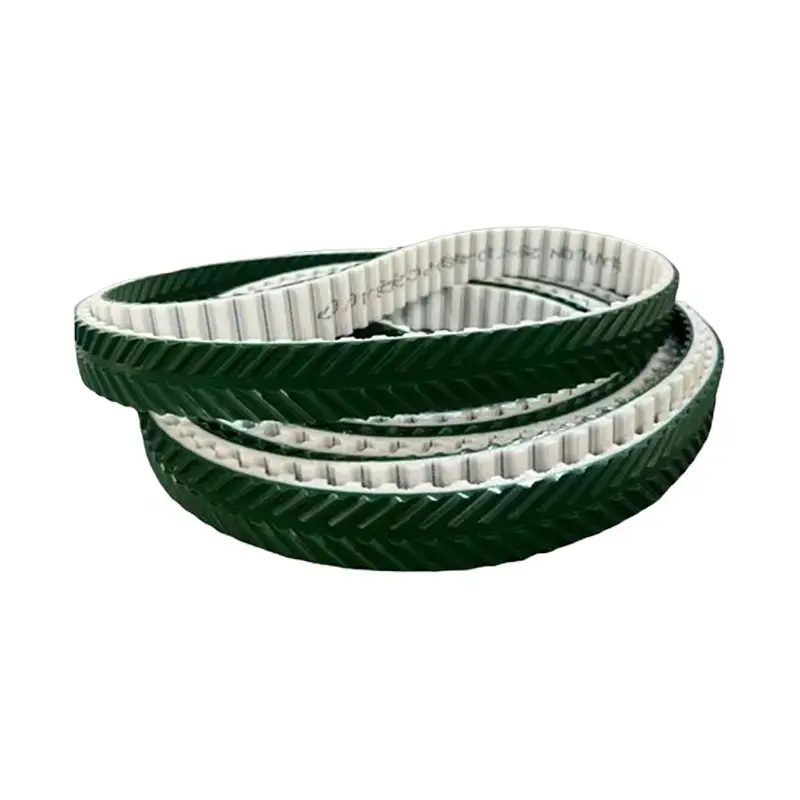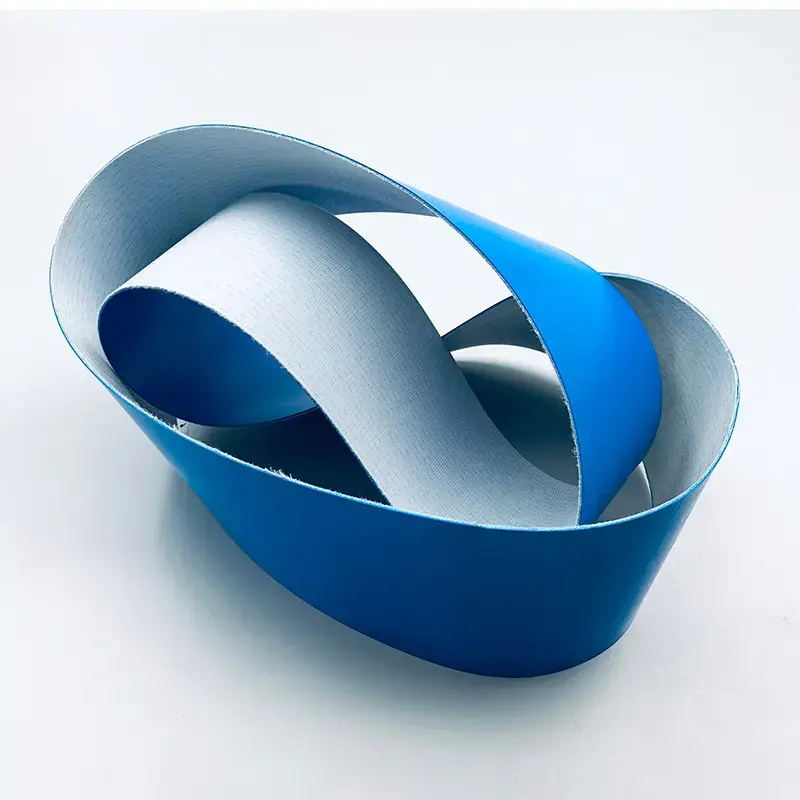 +86-19862000127
+86-19862000127 Small Pulleys: The Mighty Components Driving Modern Machinery
In the world of engineering and industrial design, it's often the smallest components that make the biggest impact. The Small Pulley, a deceptively simple part, is a perfect example. These compact mechanical devices are fundamental to countless systems, from intricate robotic arms to high-precision medical equipment. They are essential for changing the direction of force, transmitting power, and providing smooth, reliable motion. Ignoring the importance of a properly specified small pulley can lead to system failure, increased friction, and significant operational downtime.
The Crucial Role of Small Pulleys
Small pulleys serve as the workhorses in systems where space is at a premium and precision is non-negotiable. They are designed to manage force and motion in tight configurations. Their primary functions include:
Redirecting Force: Small pulleys allow for the efficient redirection of belts, ropes, or cables around corners or through complex pathways without losing power or creating excessive friction.
Transmitting Power: By working in a pulley system, they can transmit rotational power from a motor or actuator to another component, often with a change in speed or torque.
Creating Mechanical Advantage: While small, pulleys can be used in a series to create a block and tackle system, significantly reducing the force required to lift or move a heavy object.
Key Factors for Selecting the Right Small Pulley
Choosing the correct small pulley for your application requires careful consideration of several technical specifications to ensure optimal performance and longevity.
Material: Pulleys can be made from a variety of materials, each with unique properties. Plastic (e.g., Delrin, Nylon) is ideal for lightweight, low-friction applications. Aluminum offers a great balance of strength and weight. Steel and stainless steel are chosen for high-load applications and resistance to corrosion.
Bearing Type: The choice of bearing is critical for performance. Ball bearings provide smooth, low-friction rotation and are suitable for high-speed applications. Sleeve bearings (bushings) are a more cost-effective option for lower speeds and loads.
Load Capacity: Always select a pulley with a load rating that exceeds the maximum anticipated load in your system to prevent premature wear and failure.
Groove Profile: The pulley's groove must be a perfect match for the belt or rope it will be used with. Common profiles include V-groove for V-belts, U-groove for ropes, and flat or toothed profiles for Timing Belts.
Operating Environment: Consider the environmental conditions. Is the pulley exposed to moisture, extreme temperatures, or corrosive chemicals? This will dictate the best material and bearing choices.

Applications Across Industries
The versatility of small pulleys makes them indispensable in a wide range of fields:
Robotics and Automation: Used in robotic arms and linear motion systems to manage and route cables and timing belts with precision.
Medical Devices: Integrated into medical equipment like imaging machines and surgical robots where smooth, reliable, and precise motion is paramount.
3D Printers and CNC Machines: Fundamental to the motion systems that control the precise movement of the print head or cutting tool along the X, Y, and Z axes.
Consumer Electronics: Found in devices like printers, scanners, and even some smart home gadgets to facilitate internal mechanisms.
Conclusion
A small pulley is far more than just a minor component. It's a critical piece of the mechanical puzzle that determines a system's efficiency, reliability, and lifespan. By carefully considering the material, bearing type, and design specifications, you can ensure that this small but mighty component performs its job flawlessly, contributing to the overall success of your engineering project.
FAQ
What are the main benefits of using a small pulley? Small pulleys provide a compact solution for redirecting force, transmitting power, and reducing friction in mechanical systems. Their primary benefits are space efficiency, operational reliability, and the ability to enable precise motion in complex designs.
Can small pulleys be used for heavy loads? Yes, while their size is small, small pulleys made from high-strength materials like hardened steel and equipped with robust ball bearings are specifically engineered to handle significant loads in various industrial and commercial applications.
How do I choose the correct pulley material? The ideal pulley material depends on your application's requirements. For lightweight and low-friction use, plastics like nylon are suitable. For a balance of strength and weight, aluminum is a good choice. Steel or stainless steel are best for high loads, durability, and corrosive environments.








